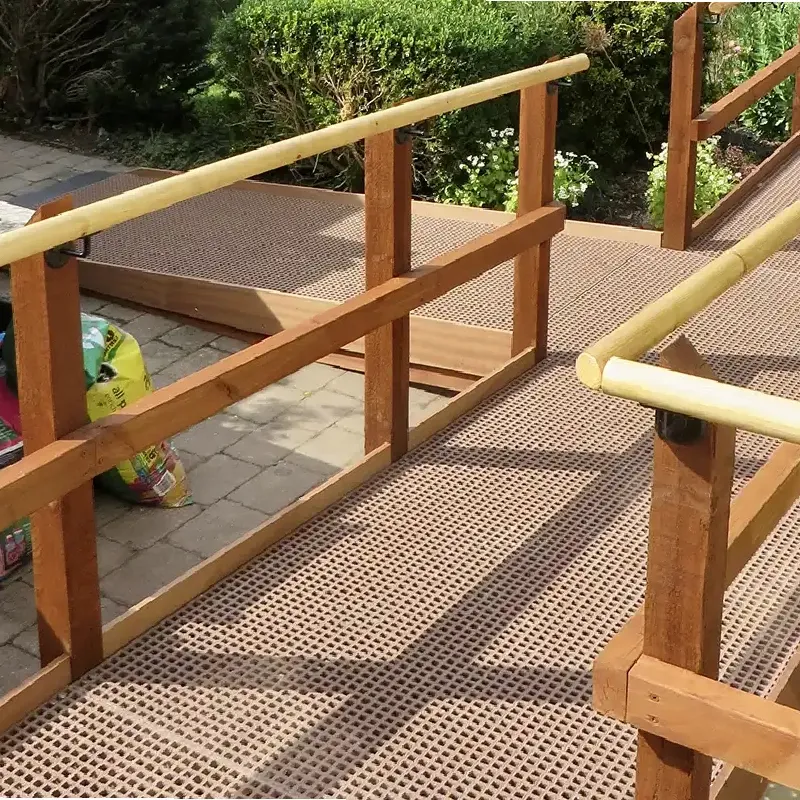loading...
- No. 9, Xingyuan South Street, Dongwaihuan Road, Zaoqiang County, Hengshui, Hebei, China
- admin@zjcomposites.com
- +86 15097380338
- Welcome to visit our website!
Exploring the Benefits and Applications of Glass Reinforced Plastic Structures in Modern Engineering Solutions
The Versatility of Glass Reinforced Plastic Structures
Glass Reinforced Plastic (GRP), also known as fiberglass, is a composite material composed of a polymer matrix reinforced with glass fibers. This innovative structural material is recognized for its exceptional strength-to-weight ratio, corrosion resistance, and versatility, making it an increasingly popular choice in various industries, including construction, automotive, aerospace, and marine applications.
The Versatility of Glass Reinforced Plastic Structures
The process of creating GRP structures involves layering glass fibers within a resin matrix. This layered construction allows for various design possibilities and enhances the overall performance of the material. The glass fibers provide tensile strength, while the resin contributes to compressive strength and chemical resistance. Furthermore, GRP can be molded into complex shapes, enabling the production of intricate designs that would be challenging with traditional materials. This flexibility in design has led to its adoption in architecture, where unique architectural features can be achieved while maintaining structural reliability.
glass reinforced plastic structure

Another significant advantage of GRP structures is their resistance to corrosion and environmental degradation. Unlike metal, which can rust and degrade when exposed to moisture and corrosive elements, GRP can withstand harsh conditions without deteriorating. This property is particularly beneficial in marine applications, where structures are constantly exposed to saltwater and atmospheric conditions. GRP is frequently used in boat hulls, bridges, and seawalls, providing long-lasting solutions that require minimal maintenance. Additionally, the durability of GRP means that it can withstand impacts and abrasion, further enhancing its appeal for various applications.
Moreover, GRP structures can contribute to sustainability efforts. With an increasing emphasis on reducing carbon footprints, organizations are exploring alternatives to conventional materials. The lightweight nature of GRP can lead to lower energy consumption during transportation and installation. Furthermore, GRP's long lifespan reduces the need for frequent replacements, contributing to a more sustainable approach to infrastructure and manufacturing.
However, the use of GRP is not without challenges. One of the main concerns is the environmental impact of resin production and the potential for non-biodegradability at the end of a product's life. However, advancements in recycling technologies and the development of bio-based resins are addressing these issues, paving the way for greener solutions. As research continues in the field of composite materials, there is great potential for improving the sustainability of GRP applications.
In conclusion, glass reinforced plastic structures represent a significant advancement in material science, offering a combination of strength, flexibility, and resistance to environmental factors. As industries strive to embrace innovative solutions to meet performance and sustainability goals, GRP is poised to play an essential role in shaping the future of manufacturing and construction. Whether in the design of modern architecture, the automotive industry, or marine applications, GRP showcases the potential of composite materials to transform traditional approaches and foster a more efficient, sustainable future.
-
GRP Structures: The Future of Lightweight, High-Performance EngineeringNewsJun.20,2025
-
FRP Water Tank: High-Performance Storage for Corrosive and Clean Water SystemsNewsJun.20,2025
-
FRP Square Tube: The New Industry Standard for Chemical and Structural ApplicationsNewsJun.20,2025
-
FRP Pultruded Profiles: The Ultimate Choice for Lightweight Structural StrengthNewsJun.20,2025
-
FRP Handrails: The Safer, Smarter, and Stronger Choice for Modern InfrastructureNewsJun.20,2025
-
FRP Grating: The Smart Solution for Durable, Lightweight Industrial FlooringNewsJun.20,2025
-
Why Choose a Galvanized Water Tank for Your Storage NeedsNewsMay.21,2025
